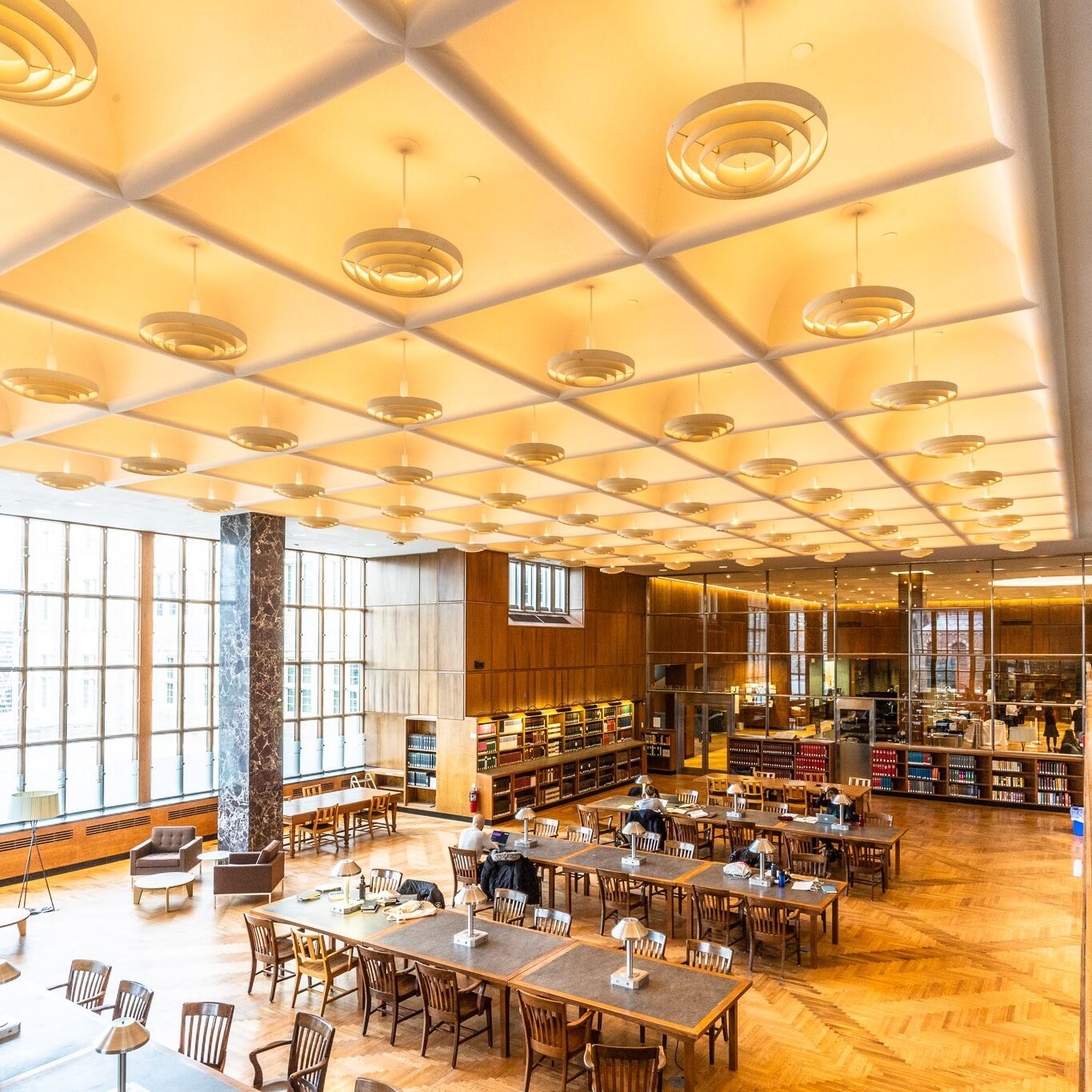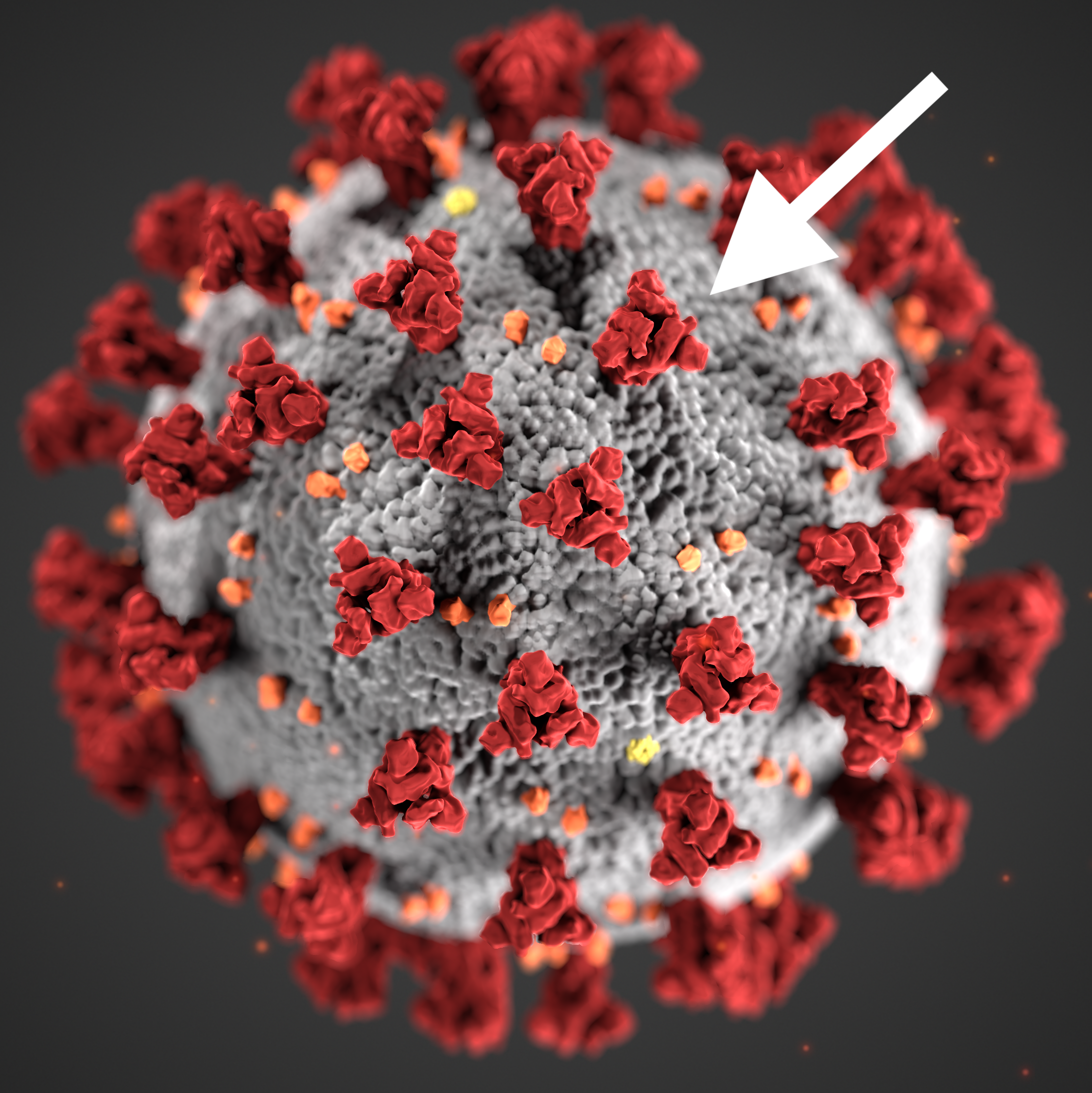On campus, I am a Residential College Adviser in Whitman College. It is by far the most meaningful part of my Princeton experience and I am thankful every day to have such amazing advisees (zees). In the fall, I decided to interview some of my zees on the incredible research that they have done on campus and how they became involved in this research. My freshmen show that research does not always mean working in a lab or on a senior thesis like many often assume. There are so many different ways to become involved with research on campus, whether it’s through writing a paper or joining an academic club. My hope is that seeing the research that my zees did last semester will inspire you to do your own and also show you what research on campus can look like for first years. So, without further ado, here is the research conducted by the most legendary zees of all time:
Continue reading What are First-Years Researching? An Interview With My Legendary ZeesBeing in the Archive: Navigating the Space and Etiquette

In the first article of this archival tour, I talked about the process of identifying the proper archives to further your research. But what happens next, once you have the archive, the collection, or the item you want? How do you proceed from there? For the purposes of this article, I will assume you are physically at the archive because we already have some great articles about requesting items from archives that you cannot physically be in. Here, then, I’ll talk about navigating the spaces of the archive and their uses, as well as some facts about archive etiquette.
Instead of dallying around, let’s jump back into the archive!
Continue reading Being in the Archive: Navigating the Space and EtiquetteLost in the Archive? Here’s How to Find Your Way!

Fall break – a time for rest and relaxation. While I certainly used the time to collect myself after the whirlwind of a more normal semester, I also had to make progress on my junior paper for the History department ahead of its first draft in November. Exploring a consumer’s perspective on post-war nylon riots (1945-46), I had toiled through various online newspaper archives to rack up an impressive number of sources; however, something was missing. I felt like I wasn’t going deep enough. I wanted to find someone’s thoughts on the riot outside of the newspaper databases I had used, which I knew would be a challenging (if not impossible) process that could only be achieved by looking at the archive.
An important tool in the historian’s kit is the archive, which is a trove of various historical documents, materials, and items that can transport you to another time. Given that the archive is a physical location, the pandemic had interrupted much of the on-the-ground work historians do in libraries across the country, much of which was overcome through technology. Thankfully, I was able to access wonderful archives in-person in my hometown of Pittsburgh, PA: the University of Pittsburgh Archives and Special Collections as well as the Senator John H. Heinz History Center Detre Library and Archives. Covering a vast array of local and regional history, I was set on taking advantage of these archives’ resources to further my research.
I wanted to use this space, then, to share a bit about (in-person) archival research and what I learned. Regardless of your academic studies or research, archives offer a window into the past that could helpfully contextualize your topic, explore an unknown tangent that can offer up a new perspective, or even just lose yourself in the archive looking at random things. In this article, I will specifically cover the process of identifying an archive and then finding items within that archive.
Continue reading Lost in the Archive? Here’s How to Find Your Way!Writing a Literature Review? Some Tips Before You Start
Writing the literature review section for a scientific research article can be a daunting task. This blog post is a summary of what I have personally found to best help when writing about scientific research. I hope some of these tips can help make the process an easier and more fulfilling experience!
Continue reading Writing a Literature Review? Some Tips Before You StartLost in the Library? Turn to a Librarian!

Beginning a research project is often a daunting task. Often, when I begin a project, I have the vaguest idea of what to research. Sometimes, I don’t know where to begin looking. Given that Firestone is one of the largest open stack libraries in existence, there are literally millions of books, journals, anthologies, and other pieces of literature to sift through. The process of identifying the literature that will propel a research topic is thus often the most tiring part, but thankfully, there is a solution: the wonderful Princeton librarians!
So, who are these librarians?
In fact, each undergraduate student at Princeton is assigned their own personal librarian. This librarian is supposed to act as your direct liaison between the library system and yourself. You can go to them to receive guidance on how to navigate the stacks, learn how to take advantage of different workshops and programs, or even just have a chat. My personal librarian, Ellen Ambrosone, almost always sends me an email every semester to remind me of her services. Often, she also includes a picture of her dog! Regardless, these librarians are meant to be friendly faces in a huge space, so do reach out to them with any inquiries about your research or the library system writ large!
The Princeton University Library system also hosts a large array of different subject librarians, each specializing in their own discipline. For example, Steven Knowlton is one of the subject librarians for both History and African American Studies. Thus, a student interested in a topic pertaining to History and/or African American Studies might want to reach out to him in order to identify literature that may be pertinent to your research topic.
Continue reading Lost in the Library? Turn to a Librarian!Visualizing COVID-19 Mutations Using PyMOL, a University Provided Resource
These days, it seems like every day we learn of a new variant of SARS-CoV-2 (the virus that causes COVID-19). However, it’s hard to understand what a variant is and how it changes the virus. In this post, I wanted to introduce PyMOL, a program that students have access to through the University. This program can be used to see what the spike protein and its mutations actually look like.
But first, here’s some background on SARS-CoV-2: COVID-19 is a disease caused by a strain of coronavirus called SARS-CoV-2. This virus gets inside the human cells by using something called a spike protein. This spike protein binds to a receptor on the human cell called the ACE2 receptor, and this allows the virus to infiltrate the cell. The variants of SARS-CoV-2 that we keep hearing about typically have different mutations on the spike protein. In the case of the B.1.1.7 variant, which is a variant that is thought to be 30-50 percent more infectious than other variants in circulation, the mutations are at a location that allow the spike protein to bind better to the ACE2 receptor. If you bind better to the receptor, you’re better at infiltrating the cell. The spike is also the target of the vaccine and our natural immune system.
Now, let’s try and look at where these mutations actually are.

How to Write a Research Proposal as an Undergrad
As I just passed the deadline for my junior independent work (JIW), I wanted to explore strategies that could be helpful in composing a research proposal. In the chemistry department, JIW usually involves lab work and collecting raw data. However, this year, because of the pandemic, there is limited benchwork involved and most of the emphasis has shifted to designing a research proposal that would segue into one’s senior thesis. So far, I have only had one prior experience composing a research proposal, and it was from a virtual summer research program in my department. For this program, I was able to write a proposal on modifying a certain chemical inhibitor that could be used in reducing cancer cell proliferation. Using that experience as a guide, I will outline the steps I followed when I wrote my proposal. (Most of these steps are oriented towards research in the natural sciences, but there are many aspects common to research in other fields).
Continue reading How to Write a Research Proposal as an UndergradDoing Research in a Pandemic, An Interview with Molecular Biology Graduate Student Emily Mesev
For this Spring Seasonal Series, entitled Doing Research in a Pandemic, each correspondent has selected a researcher to interview about the impact of the pandemic on their research. We hope that these interviews document the nuanced ways the pandemic has affected research experiences, and serve as a resource for students and other researchers. Here, Nanako shares her interview.
For this seasonal series, I decided to interview Emily Mesev, a Ph.D. candidate in the Department of Molecular Biology. I was interested in how her experience as a graduate student differed from my experience as an undergrad. Because undergrads aren’t allowed to be in the laboratory (at least for Molecular Biology), I’ve had to change my thesis topic and redirect it to become computational. I was excited to find out whether the graduate student experience had changed in similar ways!
Continue reading Doing Research in a Pandemic, An Interview with Molecular Biology Graduate Student Emily MesevHow to Write An Email To Someone You Don’t Know
“What? Why would I ever need to read an article about how to write an email?” This is what my first thought would’ve been if I ever saw an article like this. While many Princeton students probably understand the basics of how to write an email (type, then hit send), today, I wanted to go over tips to use when “cold emailing” someone.
Before coming to Princeton, the emails that I wrote were sent to my friends and high school teachers. I’d only ever emailed people that I already knew. However, throughout the years, I’ve learned that email is wonderful ⎯ and useful for research ⎯ because you can contact people who you don’t already know! Although learning how to write emails is something that’s not taught formally, I think it’s increasingly important to know what to do and what not to do when you’re trying to catch the attention of someone you’ve never met or talked to.
Continue reading How to Write An Email To Someone You Don’t KnowA Quick Crash Course in Statistics: Part 2
Most people’s New Years Resolutions, I imagine, are not about improving their knowledge of statistics. But I would argue that a little bit of knowledge about statistics is both useful and interesting. As it turns out, our brains are constantly doing statistics – in reality, our conscious selves are the only ones out of the loop! Learning and using statistics can help with interpreting data, making formal conclusions about data, and understanding the limitations and qualifications of those conclusions.
In my last post, I explained a project in my PSY/NEU 338 course that lent itself well to statistical analysis. I walked through the process of collecting the data, using a Google Spreadsheet for computing statistics, and making sense of what a ‘p-value’ is. In this post, however, I walk through how I went about visualizing these results. Interpretation of data is often not complete before getting a chance to see it. Plus, images are much more conducive than a wall of text when it comes to sharing results with other people.
Continue reading A Quick Crash Course in Statistics: Part 2

